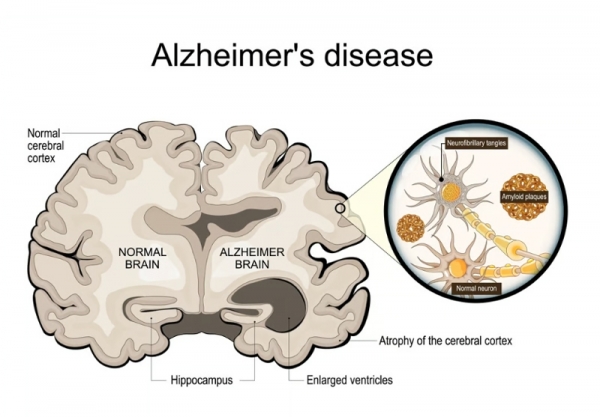According to the European Union Aviation Safety Agency, a long-haul flight is a continuous, non-stop flight lasting six hours or more. As aviation technology develops, ultra-long flights of up to 12 hours have also appeared, according to the US health website Healthline .

Pressure changes in airplane cabins can trigger joint pain in people with arthritis
Long-haul flights can cause the following problems for the body:
Dehydration
Planes usually circulate fresh air into the cabin, which makes the air fresher. But because the air at high altitudes has less humidity, the air in the cabin is drier. As a result, dehydration can easily occur. Dehydration can lead to a number of unpleasant symptoms, including dull headaches, reduced blood flow, and sometimes feeling lightheaded and tired.
To avoid this, people should avoid drinking alcohol, coffee or other caffeinated foods. Drinking more water is a good way to prevent dehydration.
Digestive problems
The gut is one of the most nerve-rich areas of the body, so disruptions to your daily routine, such as traveling or long-haul flights, can cause gut problems like indigestion.
For flights lasting more than 10 hours, passengers will need to eat on the flight. If they eat dry foods, low in fiber, combined with dehydration, it can lead to constipation. To prevent this, it is a good idea to bring some of the foods we eat every day.
Joint pain
The biggest impact on the musculoskeletal system when we are in an airplane is the change in pressure. These pressure changes can affect the gas bubbles in the synovial fluid of the joints. This can trigger pain in people with underlying joint problems, such as arthritis.
Nausea
Some people are prone to feeling nauseous when flying. To reduce this motion sickness, experts recommend leaning back in your seat at a 30-degree angle and looking straight ahead. This is the ideal position for the vestibular system in the inner ear to adjust and adapt to changes in the surrounding motion, according to Healthline.
Source: https://thanhnien.vn/de-thich-nghi-tot-voi-nhung-nhung-chuyen-bay-dai-185250116191216886.htm


![[Photo] Summary of parade practice in preparation for the April 30th celebration](https://vstatic.vietnam.vn/vietnam/resource/IMAGE/2025/4/11/78cfee0f2cc045b387ff1a4362b5950f)


![[Photo] "Beauties" participate in the parade rehearsal at Bien Hoa airport](https://vstatic.vietnam.vn/vietnam/resource/IMAGE/2025/4/11/155502af3384431e918de0e2e585d13a)

![[Photo] Looking back at the impressive moments of the Vietnamese rescue team in Myanmar](https://vstatic.vietnam.vn/vietnam/resource/IMAGE/2025/4/11/5623ca902a934e19b604c718265249d0)






















































































Comment (0)